My Favourite Pieces: jeweller Wallace Chan picks his favourite gems
Roula Khalaf, Editor of the FT, selects her favourite stories in this weekly newsletter.
It has been a busy year for Wallace Chan. The Hong Kong jeweller, who is known for his expert craftsmanship, made his debut at two prestigious fairs, The European Fine Art Fair (TEFAF) in Maastricht and Masterpiece London, and he is preparing to exhibit at TEFAF New York in October. Fairs are the only place to see his work as Mr Chan has never sold through a retail outlet, except once: in the 1990s at a boutique in the Peninsula Hong Kong hotel, where a buyer came in one day and purchased the whole collection.
Mr Chan, 60, was the first Asian jeweller invited to participate in the Biennale des Antiquaires, a high-end fair in Paris, in 2012, and until his Biennale outing he was relatively unknown. Today collectors are captivated by his philosophical, sculptural creations which merge eastern and western sensibilities, ancient crafts and new technologies, especially novel uses of titanium.
Carved jade and coral necklace
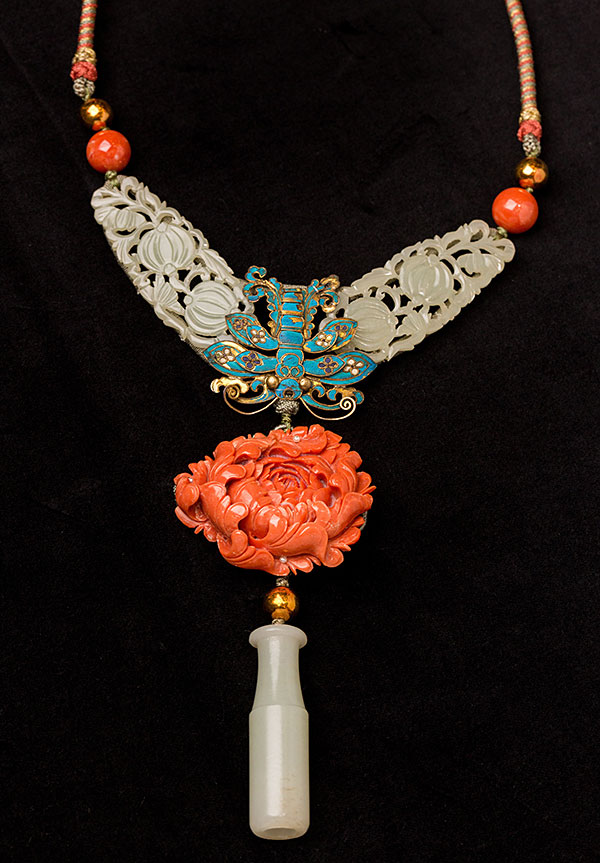
Purchased in Taiwan 12 years ago, the necklace depicts either a butterfly or dragonfly moving towards a peony, and is an amalgam of antique works. “I believe the two white jade pieces surrounding the butterfly are from the Qing dynasty, while the jade pendant — a cigarette holder — is probably from the early days of the Chinese Republic [1912-49],” says Mr Chan.
For Mr Chan, the piece highlights lost craftsmanship, such as the coral flower fashioned from pearls and string. The kingfisher feathers which make up the butterfly’s wings also evoke a bygone era: their popularity with Chinese royalty dates from 2,000 years ago, he says. “The last factory to work on these feathers closed in 1933. The colour reminds me of lapis lazuli and turquoise, and a mix of sapphires and emeralds.”
Carved jade earrings
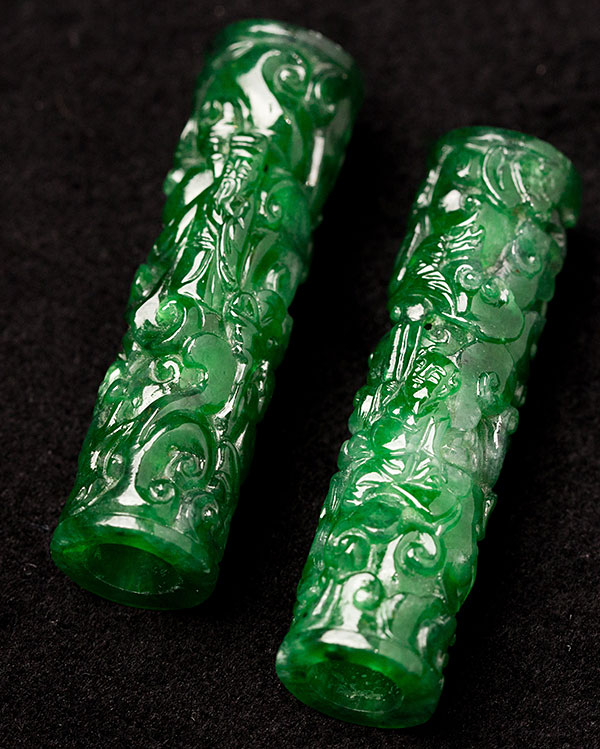
Bought six years ago at Christie’s, these exquisite, tiny works (3cm by 1cm each) are carved with the Eight Immortal deities found in Chinese folklore. “There are four on each and if you get really close, you’ll see the faces are barely the width of a toothpick,” says Mr Chan. “It’s excellent craftsmanship on a very tiny base. I think they originally decorated calligraphy brushes, but I’m transforming them into earrings.”
Mr Chan has a particular affinity with Qing-dynasty jade. “It returns me to my childhood,” he says, recalling his teenage apprenticeship as a jade carver. “Learning carving in Hong Kong, we only imitated pieces from the Qing dynasty. I saw a lot of dragons, mythical creatures, auspicious symbols and Chinese gods.”
Magnifying glass with a Qing dynasty jade belt buckle
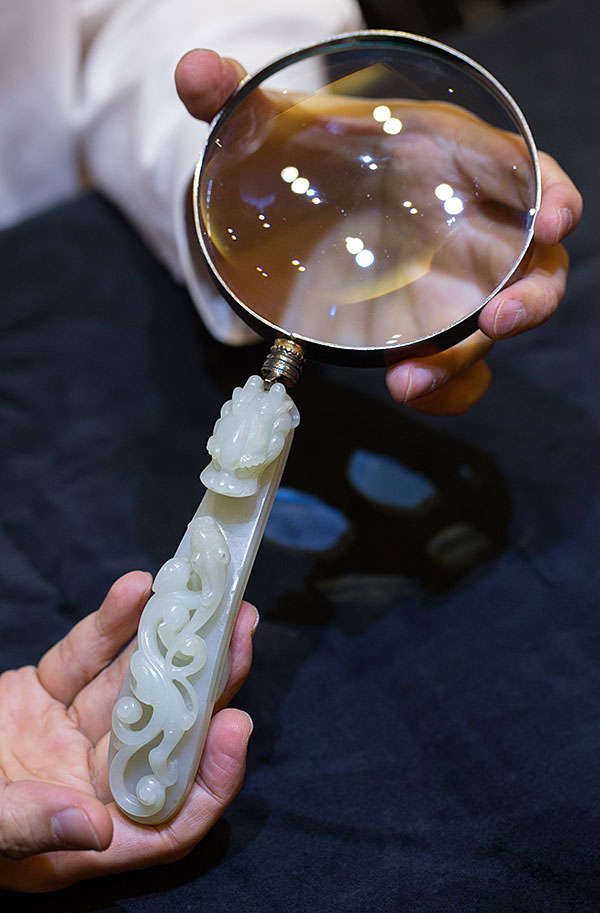
Sculpted in the highly prized “mutton fat” jade known for its pale, marble-like texture, this piece, circa 1900, is the creation of a European trading company that paired an imperial Qing dynasty belt buckle with a magnifying glass. “The back is engraved with the firm’s trademark,” says Mr Chan, who bought the piece in Taiwan six years ago. “It echoes the combination of two cultures, of westerners interpreting a Chinese belt buckle for their own use.”
Pair of dragon brooches
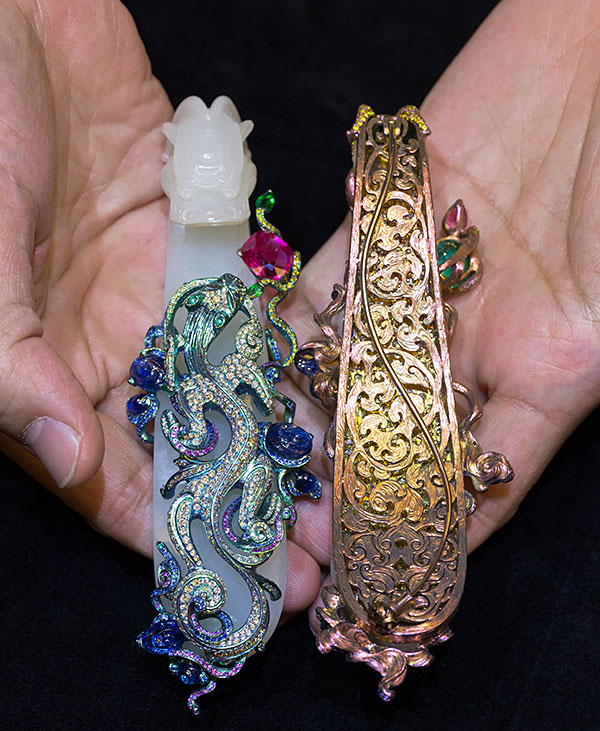
This gem, called the Tale of Two Dragons, is fashioned from a Qianlong period (1735-96) jade belt hook that Mr Chan has spliced in two. The brooches mirror each other in swirls of titanium set with emeralds, rubies, sapphires, pink sapphires and fancy coloured diamonds.
“A dragon is known to have nine sons and the design is about a father passing down his gifts to them,” says Mr Chan, who has a son.
“But I also wanted to highlight the Chinese custom of parents carving identical pieces of jade from a single stone, and passing them on to their children — so they always remember their shared roots.”
Patek Philippe minute repeater pocket watch (1913)
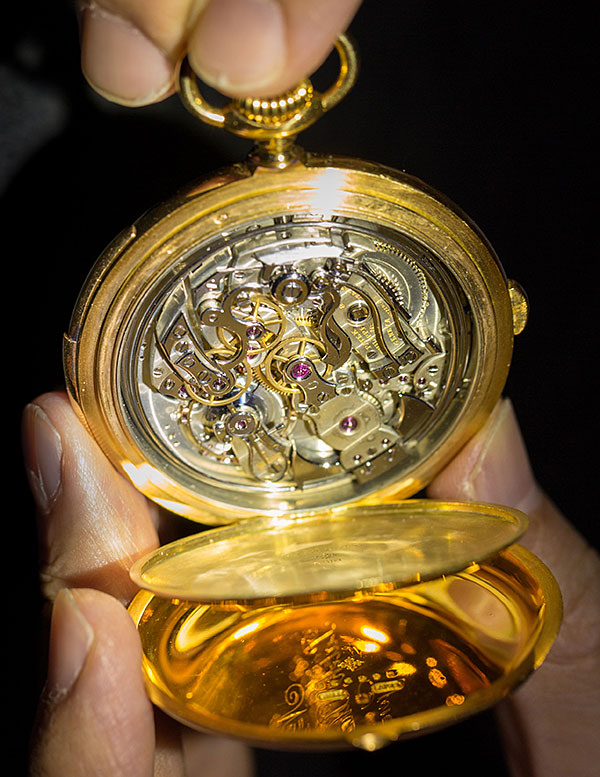
The meticulous skill behind this pocket watch, which has a porcelain dial and 18ct gold case, is what captivates Mr Chan, who says the watch is one of only two. “The melting point of porcelain is lower than gold, and while the gold won’t actually melt, it will become very soft and formless — like an octopus or squid,” says Mr Chan. “Each layer of porcelain had to be thinly applied, step by step, some six to seven times. When I saw how perfectly smooth the surface was, I knew the craftsman must have broken many pieces before this one.”
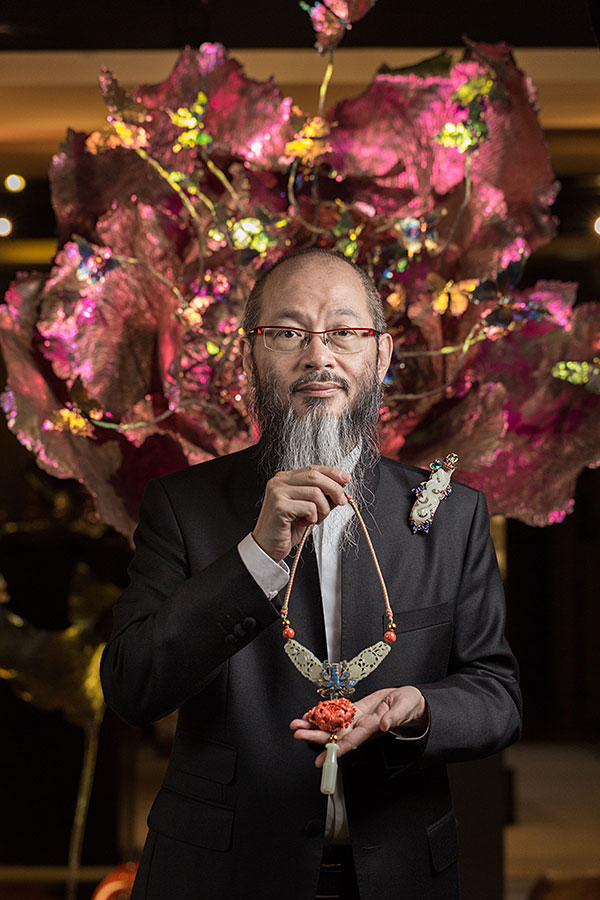
Comments